- As the world's largest oil exporter, Saudi Arabia accelerates the achievement of the zero-carbon goal set by 2060
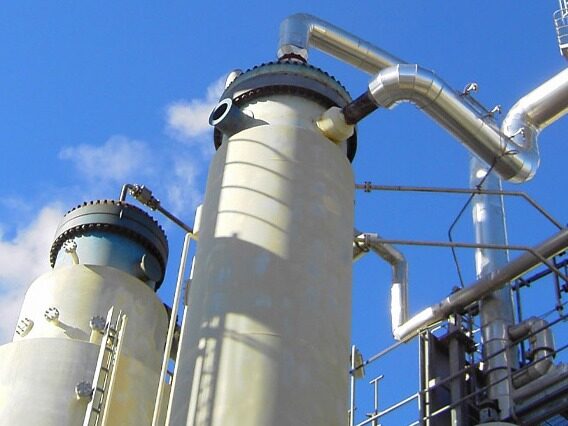
Saudi Arabia has stated that it will use one of the world's largest natural gas projects to produce blue hydrogen, and strive to increase its efforts to export this fuel that is considered essential to the green energy transition.
Saudi Energy Minister Abdul Aziz bin Salman said at the climate conference in Riyadh that most of the natural gas produced by Saudi Arabia’s US$110 billion Jafurah project will be used to make blue hydrogen.
And said: In terms of blue hydrogen, we are the biggest adventurer. We spent our money on hydrogen. We have a great natural gas base in Jafurah, and we will use it to produce blue hydrogen. Blue Hydrogen is a clean and green energy produced by reforming natural gas through steam methane and supporting carbon capture, utilization and storage technologies. It will help reduce greenhouse gas emissions and achieve the 1.5 ℃ target of the Paris Agreement.
As mentioned earlier, on October 23 (the day before Abdul Aziz made the above remarks), Saudi Crown Prince Salman announced Saudi Arabia’s commitment before the COP26 climate summit and the opening of the G20 leaders’ meeting in Rome. Reduce net carbon emissions to zero by 2060, and said it will use hydrogen and carbon storage to achieve this goal.
Saudi Arabia looks for new economic growth points
According to reports, there is almost no hydrogen market at present, but if manufacturers can reduce costs, the scale may reach 700 billion US dollars by 2050. Saudi Arabia’s national energy company Aramco said that large-scale blue hydrogen exports may begin after 2030. In fact, as early as 2020, Saudi Arabia, the world's largest oil exporter, has set its sights on becoming the largest hydrogen supplier.
At the end of 2020, Abdul Aziz stated that Saudi Arabia has a large amount of natural gas reserves, can produce blue hydrogen, and hopes to become the world's largest exporter of both blue hydrogen and green hydrogen. In September 2020, Saudi Arabia shipped the world's first batch of blue hydrogen to Japan. Saudi Arabia also plans to invest US$5 billion in the construction of facilities in the future city of Neom on the Red Sea from 2025 to use solar energy to produce green hydrogen.
Hydrogen is difficult to transport and requires a lot of energy to produce, so it is expensive. According to previous data from the International Energy Agency, the cost of green hydrogen ranges from 3.5 euros (4.15 US dollars) to 5 euros per kilogram. In contrast, the cost of gray hydrogen or brown hydrogen produced by a traditional, more polluting process is about 1.5 euros. The cost of producing blue hydrogen lies between these two levels.
The main difference between green hydrogen, blue hydrogen, and gray hydrogen is: Green Hydrogen is produced through the electrolysis process using renewable energy (such as solar or wind energy), and its carbon emissions can reach net zero. Blue Hydrogen is also produced from fossil fuels, and the main source is natural gas. Grey Hydrogen is hydrogen produced by the combustion of fossil fuels (such as natural gas). This type of hydrogen accounts for about 95% of today's global hydrogen production.
However, Abdul Aziz said on Sunday that Saudi Arabia can produce the cheapest green hydrogen in the world. On October 16, 2021, Huawei Digital Energy Technology Co., Ltd. and Shandong Electric Power Construction Third Engineering Co., Ltd. successfully signed the world’s largest energy storage project-Foreign Engineering Project Information Saudi Arabia’s Red Sea New City Energy Storage Project. Both parties will build the world for Saudi Arabia. Center for clean energy and green economy. Keywords: International Engineering News,
Recently, Huawei has also conducted an in-depth interpretation of the project. Huawei said that the world's largest off-grid energy storage project has outstanding economic advantages. The overall system life cycle cost of optical storage is less than 10 cents, which is lower than traditional power generation methods. According to people familiar with the matter, Saudi Aramco is considering opening the Jafurah oil field in the east of the country to foreign investors; Saudi Aramco is working with a consultant to consider raising equity or debt to develop this huge project.Editor/Baohongying
Comment
 Praise
Praise
 Collect
Collect
 Comment
Comment
 Search
Search


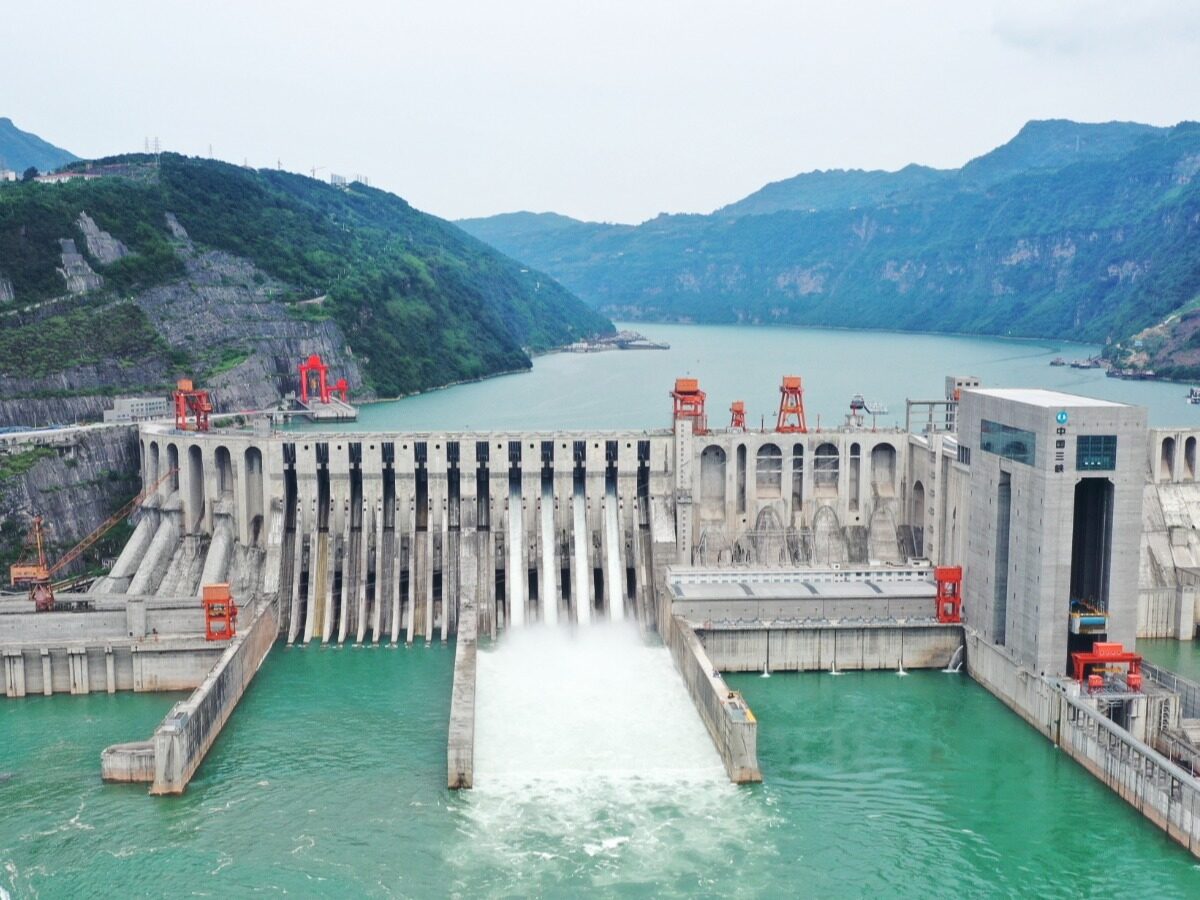
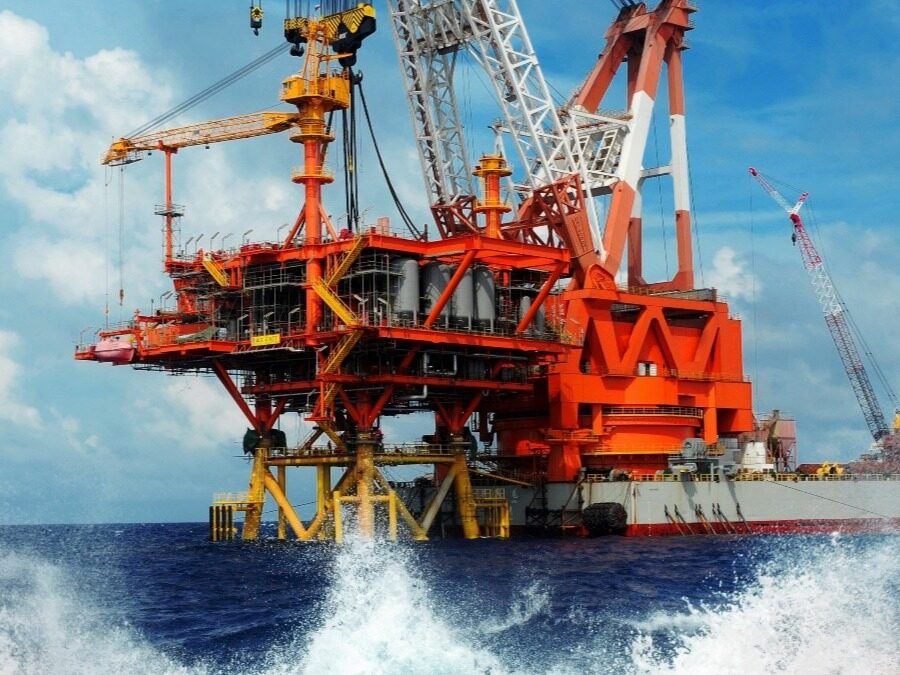
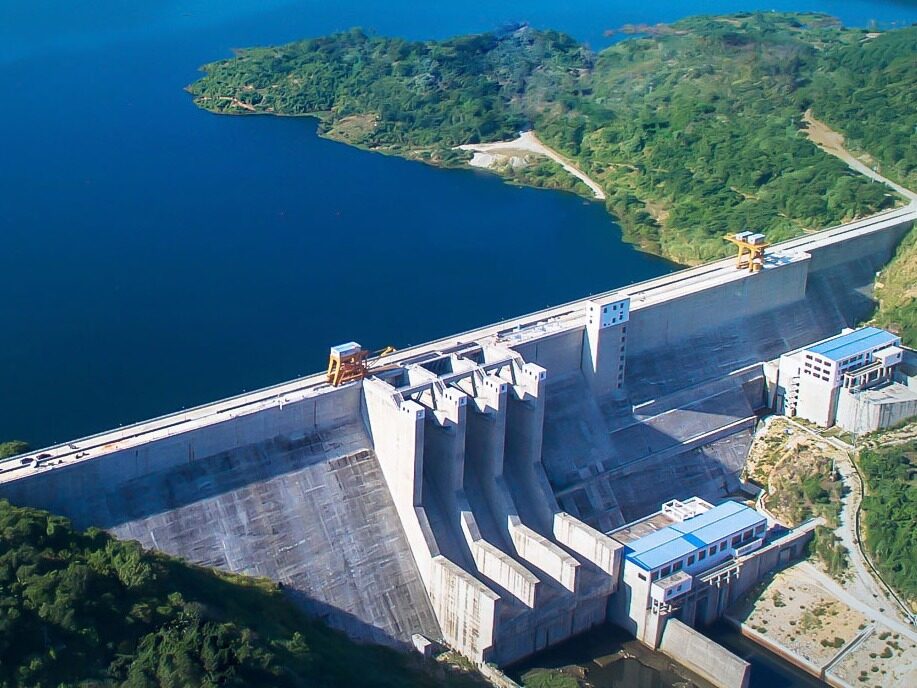
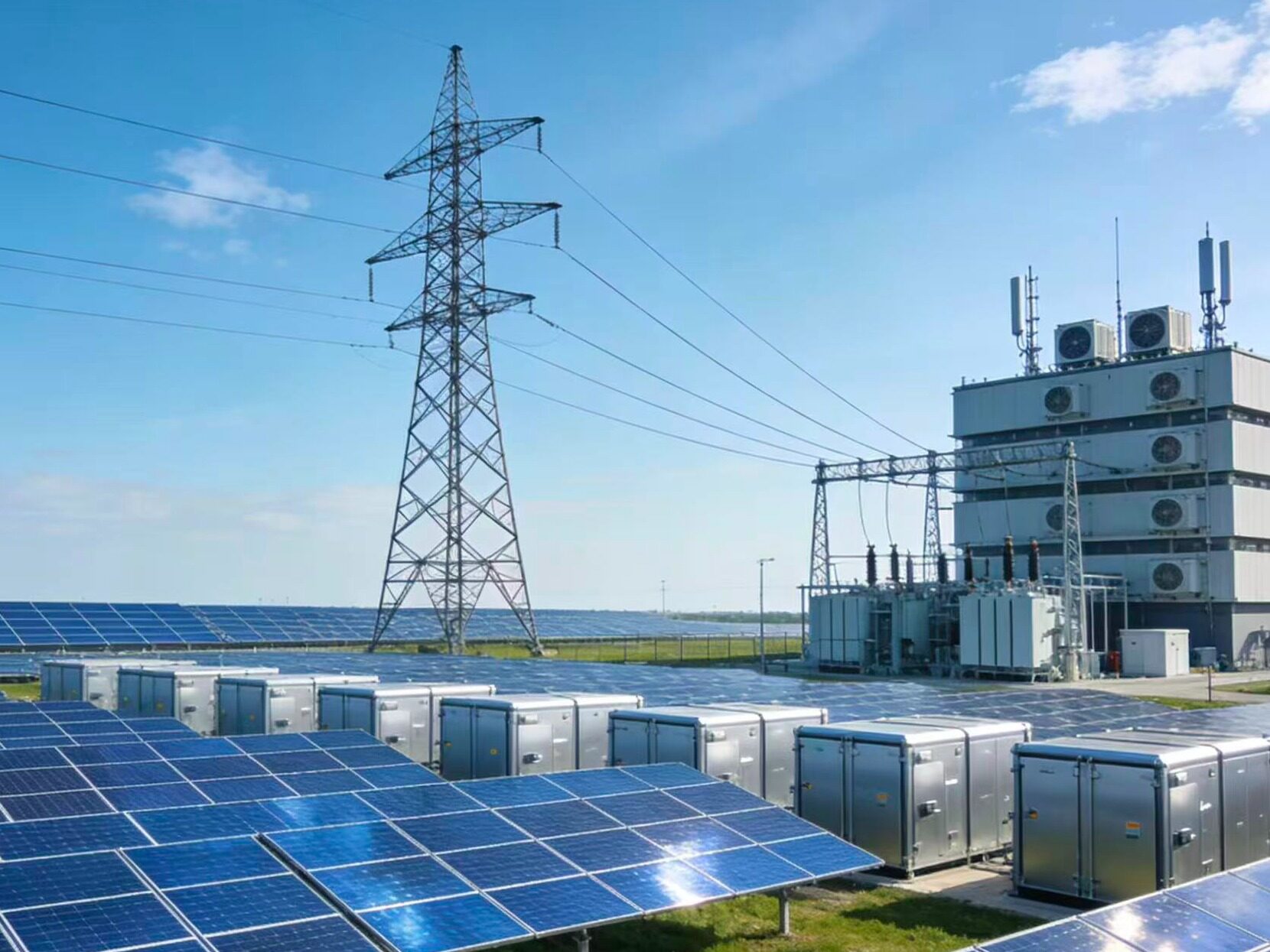
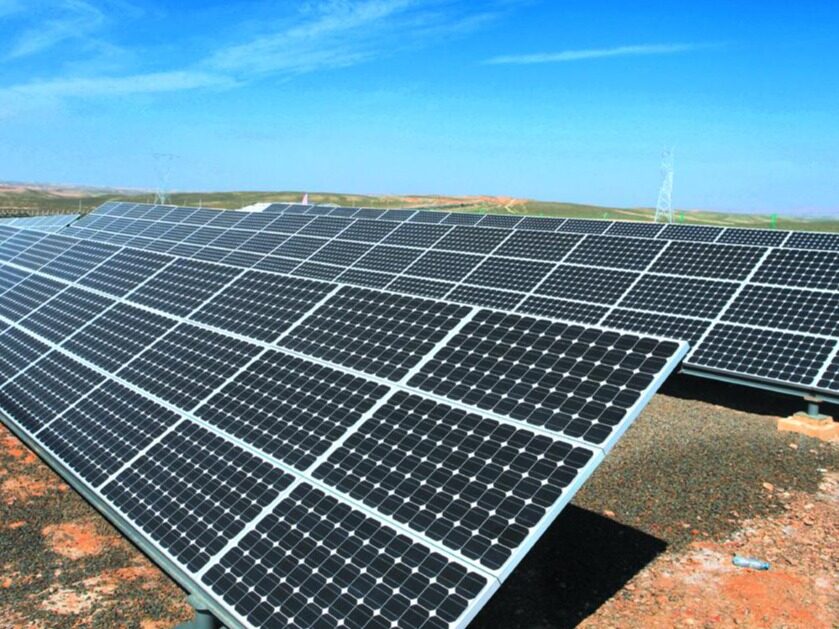
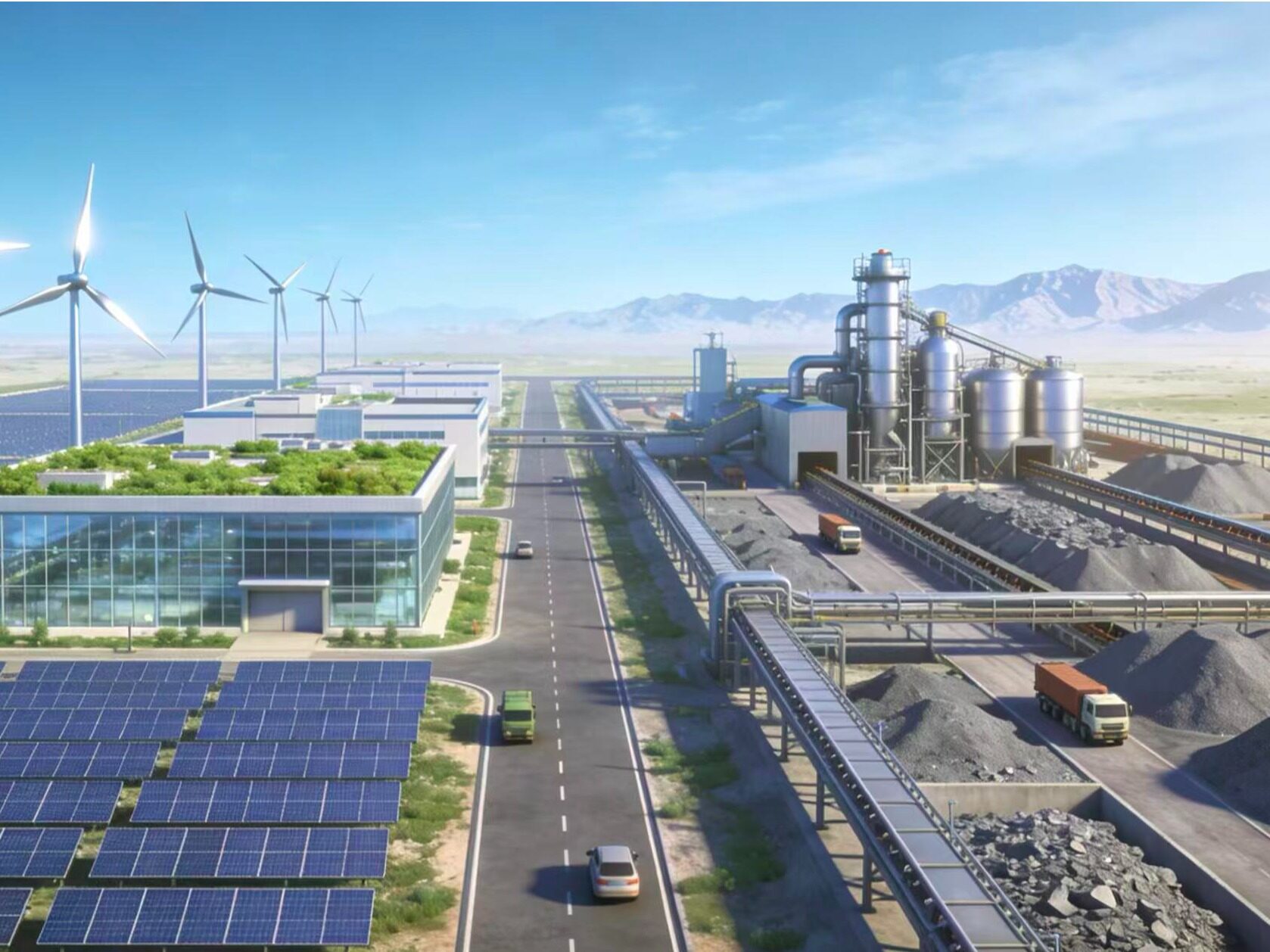






Write something~